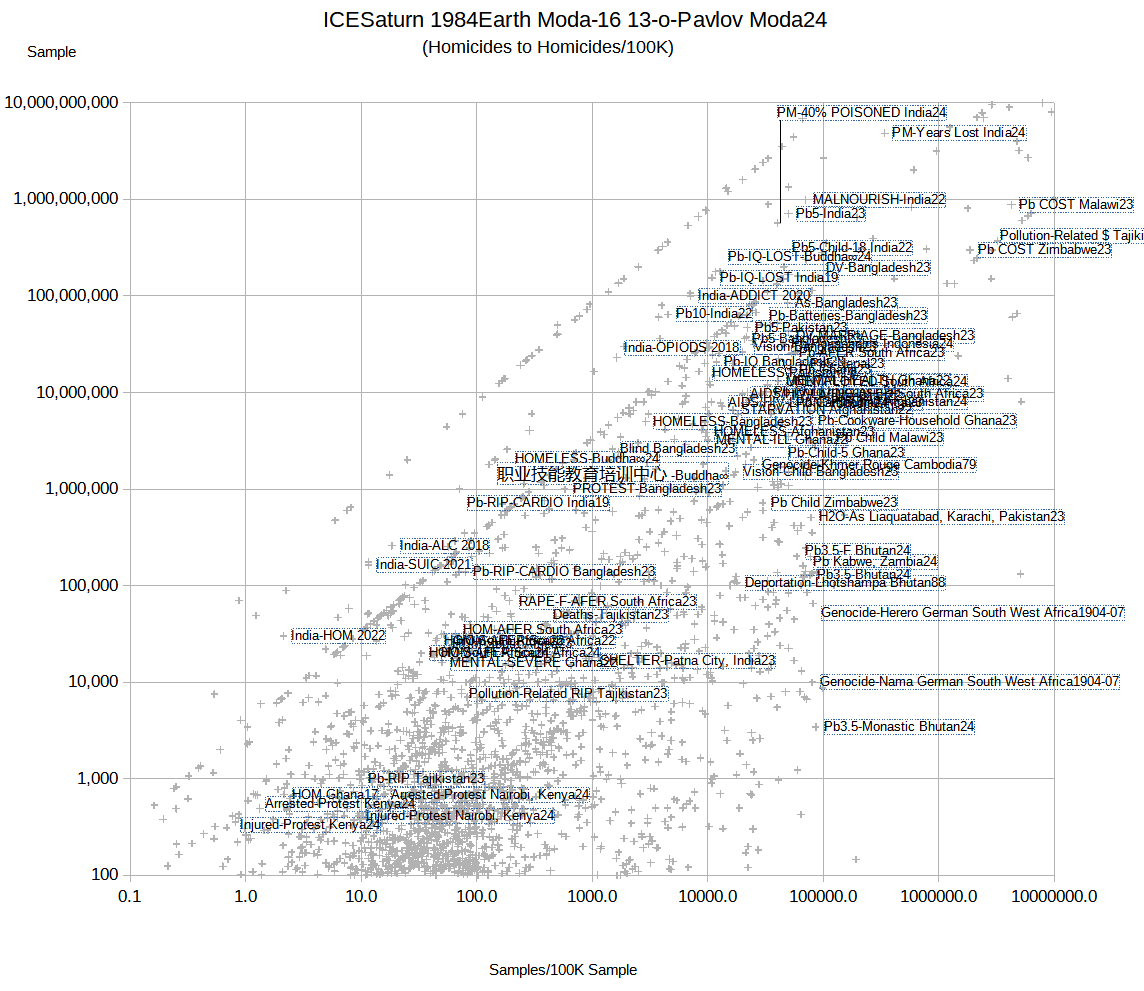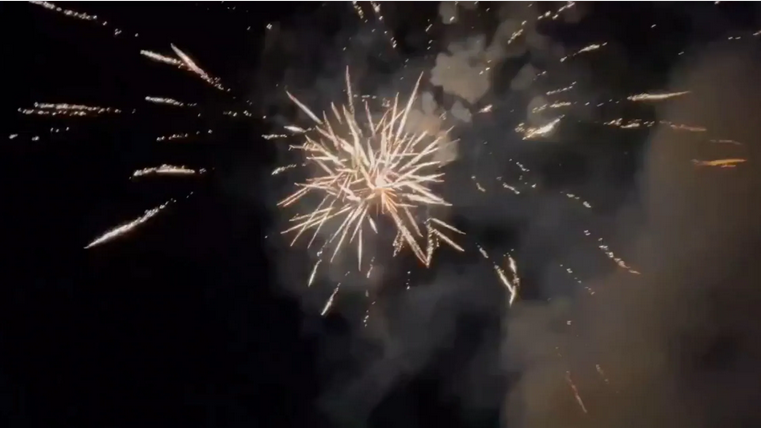

Despite a city-wide ban, Delhi’s skies erupted in vivid displays of firecrackers during Diwali celebrations, leading to a severe drop in air quality. Ignoring the restrictions, residents in neighborhoods such as Lajpat Nagar, Kalkaji, Dwarka, Rohini, East of Kailash, and Punjabi Bagh set off firecrackers, resulting in dangerous air pollution levels across the capital.
By Thursday evening, Delhi’s Air Quality Index (AQI) fell into the “very poor” category, with the situation predicted to worsen through the night. The city’s average AQI reached 327 by 9 pm, posing health risks, especially for individuals with respiratory issues. Specific areas like Anand Vihar, Jahangirpuri, Mundka, and Patparganj recorded AQI levels firmly in the “very poor” range, as reported by the Central Pollution Control Board (CPCB).
Pollution Hits Severe Levels In Key Areas
Anand Vihar was among the hardest-hit areas, with air quality reaching “severe” levels early Thursday. This heavily polluted area saw PM10 levels spike to 419 at 8 am, reaching the maximum reading of 500, signaling extremely hazardous air conditions. A thick smog layer blanketed Delhi throughout the day, worsened by vehicle emissions and local pollutants compounded by widespread firecracker use.
Annual Firecracker Use Fuels Toxic Smog
Despite repeated bans, firecrackers continue to be used during Diwali, emitting harmful chemicals such as barium, sulphur, and lead. These emissions, combined with already elevated pollution and crop-burning smoke from neighboring states, create a toxic mix of pollutants. In 2023, Delhi saw an AQI of 218 on Diwali, reflecting a minor improvement over previous years when AQI levels hit 312 in 2022 and 382 in 2021. However, this year’s data marks a troubling rise in pollution levels, underscoring the city’s ongoing struggle with air quality during festivities.
CPCB AQI Ratings And Health Concerns
The CPCB categorizes AQI levels as follows: 0-50 is “good,” 51-100 is “satisfactory,” 101-200 is “moderate,” 201-300 is “poor,” 301-400 is “very poor,” and levels above 400 are rated as “severe.” The frequent slips into the “very poor” and “severe” categories during Diwali highlight growing health concerns among Delhi’s residents, who face escalating health risks with each passing celebration.
As Delhi battles the fallout of this year’s pollution surge, experts emphasize the significant health risks posed by firecracker use and its contribution to long-term pollution. This Diwali, as thick smog filled the air, residents and experts alike called for effective enforcement and greater awareness to reduce pollution. Many believe that stricter policies and sustainable alternatives are essential if future celebrations are to avoid the toll on public health and the environment seen this year.
Delhi’s Skies Light Up, But Air Quality Plummets
- By Satyam Singh
- November 1, 2024 12:09 am Asia/KolkataIST, Updated 23 hours ago
https://www.newsx.com/india/delhis-skies-light-up-but-air-quality-plummets/

Comments